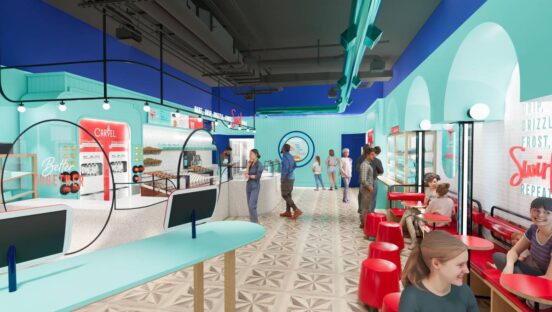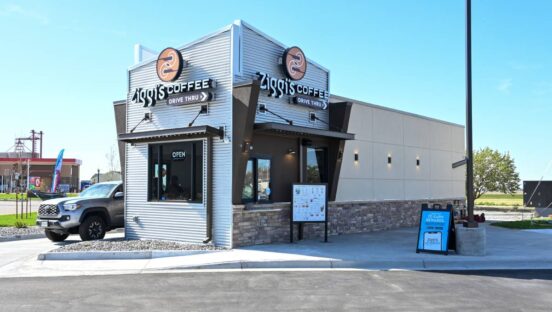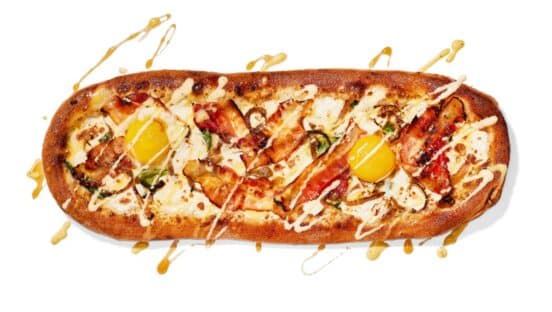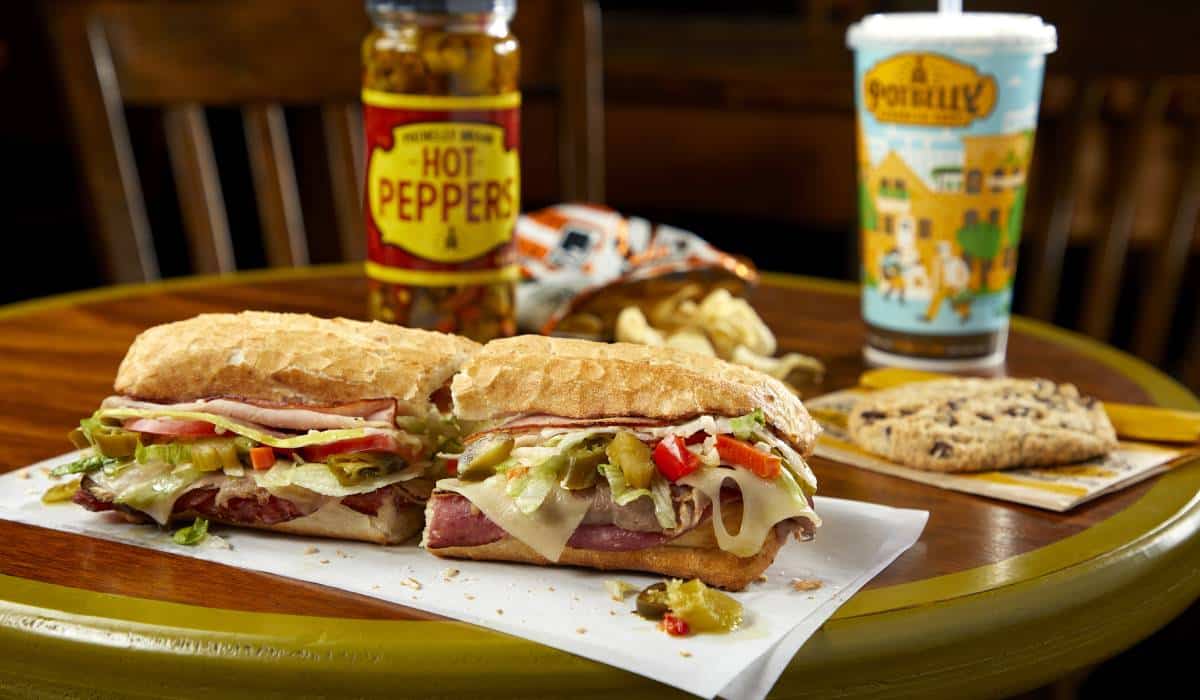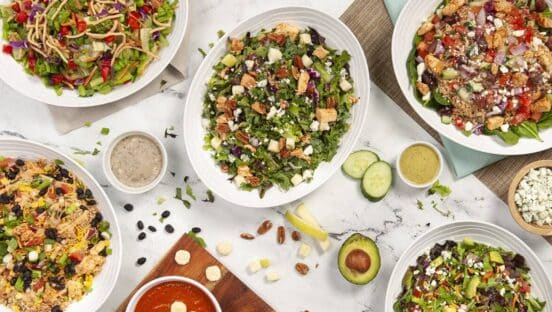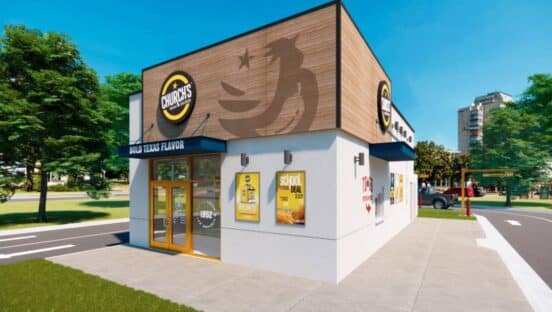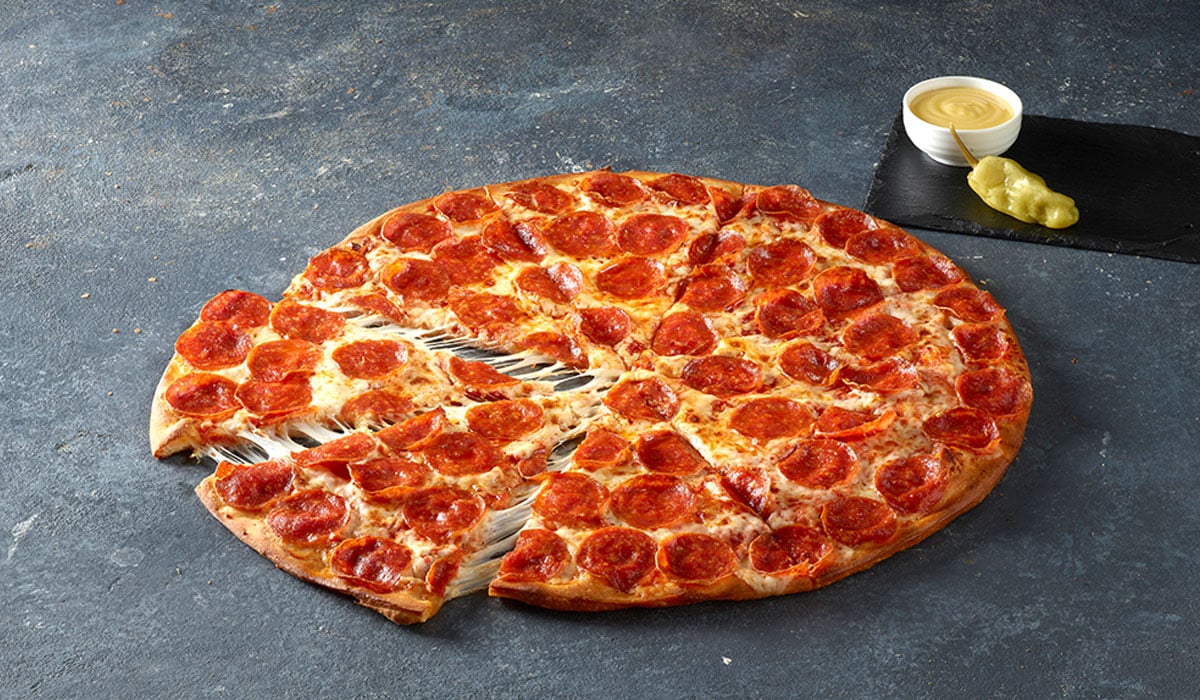The menu-labeling mandate that will eventually require all chain restaurants to post calorie counts on their menuboards was met with optimism that the restaurant industry had turned a new leaf in nutrition. But a recent study suggests there’s a lot of work to do before restaurants’ calorie counts can be trusted.
In a study that appeared in the July 20 issue of the Journal of the American Medical Association (JAMA), Tufts University researchers found that the stated calorie counts of restaurants were “accurate overall.” About 80 percent of the food tested landed within 100 calories of what was advertised on menuboards and websites.
But the researchers found that 19 percent of the menu items tested had at least 100 more calories than the restaurant claimed, a discrepancy that might make dieting consumers think twice before trusting the health information of their favorite eateries.
The study found “significantly” greater accuracy at quick-serve restaurants than at full-service eateries, but there were exceptions: Chipotle Mexican Grill and Boston Market, for example, both underestimated some items by more than 200 calories.
The researchers tested 269 total food items at 42 restaurants in Massachusetts, Arkansas, and Indiana between January and June of last year. They purchased the items on location without informing the restaurants that they would be studied, measured the calories at a Tufts laboratory, and then compared their findings to the stated calorie counts on the restaurants’ websites.
Joy Dubost, director of nutrition and healthy living for the National Restaurant Association (NRA), questions the researchers’ methodology of specifically testing food items that were packaged into to-go containers.
“That to me is a huge influencer that could affect the large variance they found,” Dubost says. “Perhaps the restaurants put more [food] in [the takeout containers] than they customarily serve on the plate when you go in and sit down. That could affect the caloric count. These things just weren’t controlled for.”
In Chipotle’s defense, spokesman Chris Arnold says the chain’s model of letting customers choose from an array of ingredients makes pinpointing calorie accuracy difficult.
“In a service model like ours, the possibility of deviation always exists,” Arnold says. “We cook food—we don’t make widgets.”
But Susan Roberts, the study’s senior author, says she does not buy that explanation.
“I don't really see any excuse for some of the huge errors we saw,” Roberts wrote to QSR in an e-mail. “I think it is lax quality control that can be improved now we have identified [it] as an issue.”
In the study, Roberts and her colleagues found Chipotle's burrito bowl with rice, black beans, peppers, onions, lettuce, green tomatillo salsa, and cheese had 703 total calories, which is 249 more than the estimate on the chain’s website. Three pieces of dark-meat chicken from Boston Market, meanwhile, had 215 more calories than advertised.
Full-service restaurants performed worse than quick serves, with certain restaurants missing their advertised mark by a country mile. For example, a side order of chips and salsa at On the Border Mexican Grill & Cantina was more than 1,000 calories higher than advertised.
Roberts applauds quick serves for their mostly accurate calorie counts and theorized that full-service restaurants did worse in the study because their chefs tend to have more leeway in the kitchen. She also says the problems with accuracy are “very easily” fixable.
“Restaurants can do a much better job at quality control,” she wrote in her e-mail. “I'm not blaming them to this point because it hasn't been something that people were making a big issue about. But now this paper is out, I hope they can improve substantially.”
The NRA’s Dubost, however, says restaurants “need to respond to a federal law, not necessarily to a study.”
“This study brings some things to light,” Dubost says, “but I think restaurants need to respond to the law.”
Per the Affordable Care Act, otherwise known as health care reform, passed after intense debate in March 2010, a federal menu-labeling law is scheduled to go into effect in mid-2012 that would require restaurants with 20 or more locations to provide calories on menus and menuboards.
The emergence of a federal menu-labeling law suggests the problem isn’t just the accuracy of health information at the restaurant, but the nutrition of the food itself, says Center for Science in the Public Interest director Michael Jacobson.
“The extraordinarily high calorie counts, and fat and sodium and all the rest, is what gave birth to menu labeling,” Jacobson says. “If restaurant dishes were more modest in their calories, there wouldn’t have been a cry for calorie labeling.”
The end result of a federal menu-labeling law will not merely be more accurate calorie information, Jacobson says, but lower-calorie menus overall.
“Many restaurants will provide more low-calorie dishes, and some restaurants will get rid of their higher-calorie dishes,” Jacobson says. “In any case, consumers will have the [nutritional] information, and if they care about health, they’ll pay attention. If they don’t, they won’t pay attention.”







